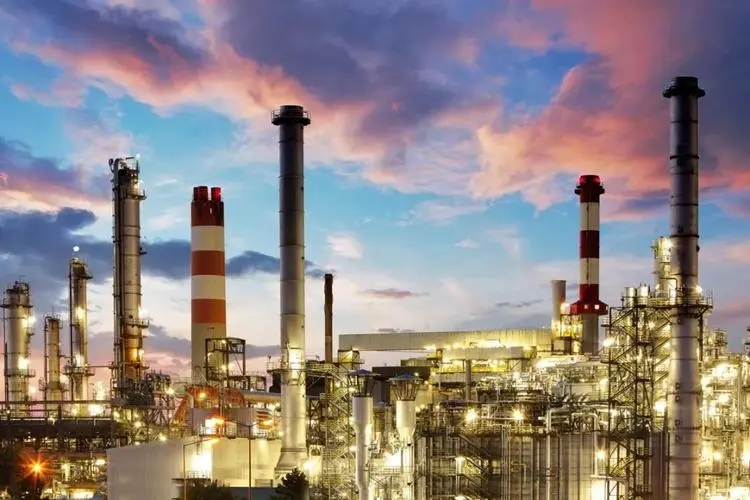TOCOM Energy
U.S. Fed meeting in focus following the collapse of Silicon Valley Bank
During the last two weeks, oil prices have been dominated by the banking crisis since the collapse of Silicon Valley Bank. The support package had provided some temporary relief , however with fears of economic downturn, international oil benchmarks tumbled to its lowest level in three months.
While the oil price collapse has been driven by a huge risk-off move from financial markets, oil market fundamentals have also become a bit more bearish. The crude price structure of Brent and WTI weakened as stocks are rising faster than previously thought, world oil supply should comfortably exceed demand in the first half of the year and the forecast for demand growth is looking more uncertain.
Firstly, let’s take a look at what happened to SVB. Silicon Valley Bank was founded in the 1980s to serve venture capital, with deposits mainly coming from early-stage innovative companies backed by venture capital.
When the cost of capital is low and the yield investors can get on cash is small, these investors are willing to take on greater risk for the promise of a higher yield, so they invest in VC funds. But as interest rates begin to creep up and the yield on cash goes up in tandem, the same investors who once flocked to VC funds are less willing to take on the associated risk if they can find more appealing places to deploy their capital for a better risk-reward. A study conducted by the European Financial Management Association showed that a 1% increase in interest rates reduced venture capital fundraising by 3.2%.
If the business is further along and more likely to attract private equity (PE) investment, the leveraged buyouts that are typical of PE investment require significant debt. The changing interest rate environment will impact the fundraising in a more direct, immediate way.
Given the direct correlation between interest rates and investment, and as the Fed has been aggressively raising rates in a bid to tame soaring inflation, these venture-backed companies had to channel more cash towards repaying debt, that forced companies to draw down on deposits held by SVB to fund their operations and growth. On the other hand, SVB had a massive share of its assets invested in fixed-income securities, such as U.S. government bonds. Customers of SVB were withdrawing their deposits beyond what it could pay using its cash reserves, and so to help meet its obligations the bank decided to sell $21 billion of its securities portfolio at a loss of $1.8 billion. This news had sparked the bank run.
while a broader contagion is unlikely, it’s reflecting the fact that the fed rate hike is already slowing down the economy and further interest rate hikes will likely cause a recession. For fresh cues, market participants will keenly watch out for the next Fed meeting scheduled on Wednesday and Thursday
On the physical market, oil stocks are building at a faster rate than expected. According to the IEA, In January, OECD industry oil stocks rose by 54.8 mb, four times more than the five-year average stock builds. Preliminary data for the US, Europe and Japan show a 7.8 mb build in industry stocks in February.
Asian markets again proved more resilient than western prices, with the JPX Dubai and ICE Brent futures spread reaching to the highest level in 3 years.
A relatively heavy refinery maintenance schedule depressed the Atlantic Basin’s call on crude and pressured North Sea Dated price differentials. At the same time, Dubai was supported by recovering Asian purchases of Middle Eastern grades as Chinese refineries ramped up runs and product exports as well as rising domestic demand for fuel.






